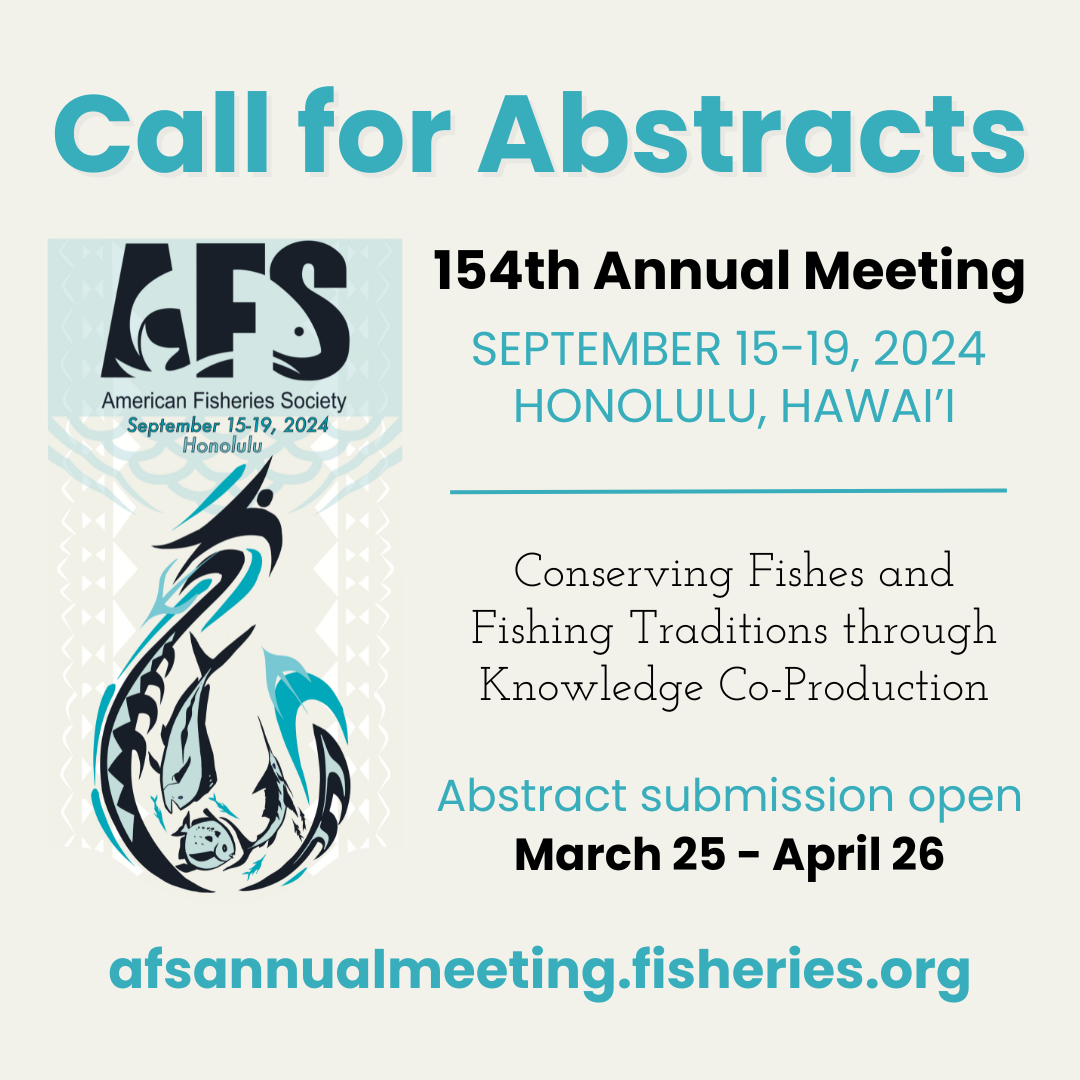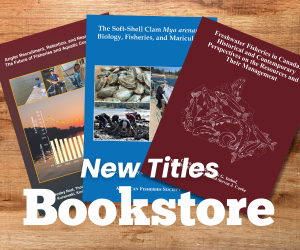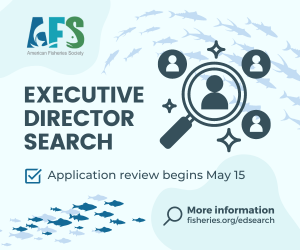5 Questions with Program Co-Chairs, Jim Bowker and Nancy Leonard 1. How many symposia will there be in Portland, and why did you choose to not have a theme? We will have 103 symposia, plus the Student Best Papers and Posters Session, and likely x contributed sessions and expect nearly 2,180 oral presentations, making this meeting larger than the 2011 AFS Annual Meeting held in Seattle, Washington, which was a record breaking meeting with 94 symposia and 35 contributed sessions. We’re being faced with some real challenges relative to the number of symposia and oral presentations and trying to figure out how to make everything fit into a finite number of days. Attendees will be challenged to decide which session(s) or presentations to attend. The decision to go theme-less was made by AFS President Donna Parrish because she did not want to limit the scope of the meeting. Although many of the symposia have a Pacific Northwest flavor, there will most certainly be something for everyone. 2. What will be the largest public issue addressed at the meeting? We think that there will be more than one major public issue at this meeting. Hatchery fish, invasive species, and effectiveness of restoration actions are bound to be top topics at this meeting, not to mention advancement in technology that contributes to fisheries research and management, and a diversity of challenges being faced by fisheries managers, scientists, and stakeholders. Some of the symposia that will have the greatest number of presenters includes (1) Effects of Ocean Acidification in Wild and Cultured Marine Fauna, (2) Lamprey Biology and Implications for Fisheries Managers, (3) New Perspectives on Feeding Ecology of Fishes, (4) Frontiers in Otolith Chemistry, (5) Conserving Cool- and Cold-Water Lake and Stream Fishes Through a Warmer 21st Century, (6) Give a Fish its Due: Nongame Native Fish of the Western United States, (7) Methods for Monitoring Recreational Fisheries in Support of Stock Assessments and Fisheries Management, (8) What’s New with Western Native Trout?, (9) Exploring the Benefits of Collaborative Fisheries Research and Conservation Engineering to Reduce Bycatch and Bycatch Mortality, (10) Fish Deterrence and Guidance Technologies, and (11) Recent Advances in Establishing Fish-Habitat Relationships in Lotic Systems. In addition, there were 61 submissions for the America’s Fish and Fisheries–Shared through the Camera Lens–A 2015 AFS Film Festival. 3. What will be the biggest newsmakers as far as symposia goes? Now that is an interesting question. Which topic makes the news will likely be dependent on the fact that we are in the Pacific Northwest and emerging topics that are of importance to that readership group. In the Portland, Oregon area, salmon and steelhead related activities are always great news items, including effects of toxins, climate change, predators, hatchery, harvest, habitat, and hydrosystems. At a national and international level, we would think that the topic of ocean acidification and its impact on wild and cultured marine fauna could be a popular news item as well. 4. What do you think will be the most unique symposium and why? We think the session on fisheries sustainability, crime, and enforcement and the session on managing data to meet shrinking budgets will bring to light new perspectives on topics we don’t frequently discuss but that impact our success at managing our fisheries resources. In addition, we will be hosting a film festival where films will be “looped” and shown over a two-day period. Meeting attendees will be able to come and go at their pleasure, and we’re sure that it’s going to be a hit. 5. What topics do you think attendees will be talking about the most after the final door closes in Portland? From a technical standpoint, we think the perspectives on feeding ecology of fishes, the policy director’s panel on public institutional policy, and the frontiers in otolith chemistry will generate a lot of discussion both during and post meeting. From a meeting location standpoint, they’ll be talking about how great it was to explore Portland and the surrounding area and trying to discover everything that makes Portland unique and why one of the city’s moto’s is “Keeping Portland Weird.” Lastly, we hope folks will be talking about the size of this meeting, how easy it was to get from session to session, that common topical areas were grouped together in adjacent rooms, that using the MAX light rail and other public transportation was a breeze, and that the networking activities and locations were fantastic. List of symposia: afs.confex.com/afs/2015/webprogrampreliminary/SYMP.html





